I started this salvage project to produce a 32000-series cross-assembler that could be compiled to run on my Linux PC, and indeed any machine with a C compiler. Re-typing listings is very tedious, but one can use OCR to do much of the work. It is still tedious though.
I thought this would be a good way to get my Linux PC assembling code, instead of running some old MSDOS binaries.
However, it has proven far more work than expected. It has bugs, crashes, and doesn't support features that are pretty standard these days, such as conditional assembly. So I intend to get the gcc toolchain working for the 32000.
https://wiki.sensi.org/dokuwiki/doku.php?id=ns32ktoolchain
It is not trivial, but should only need doing once.
 Keith
Keith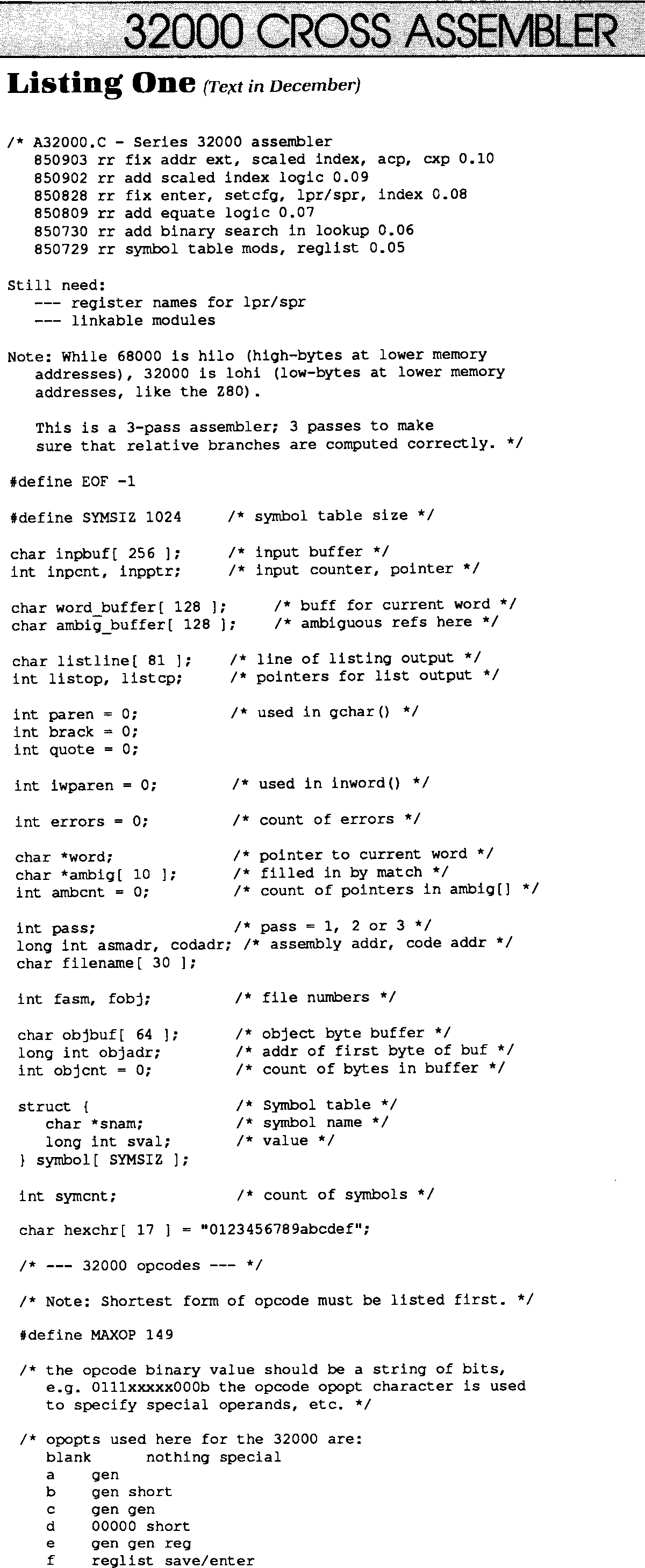
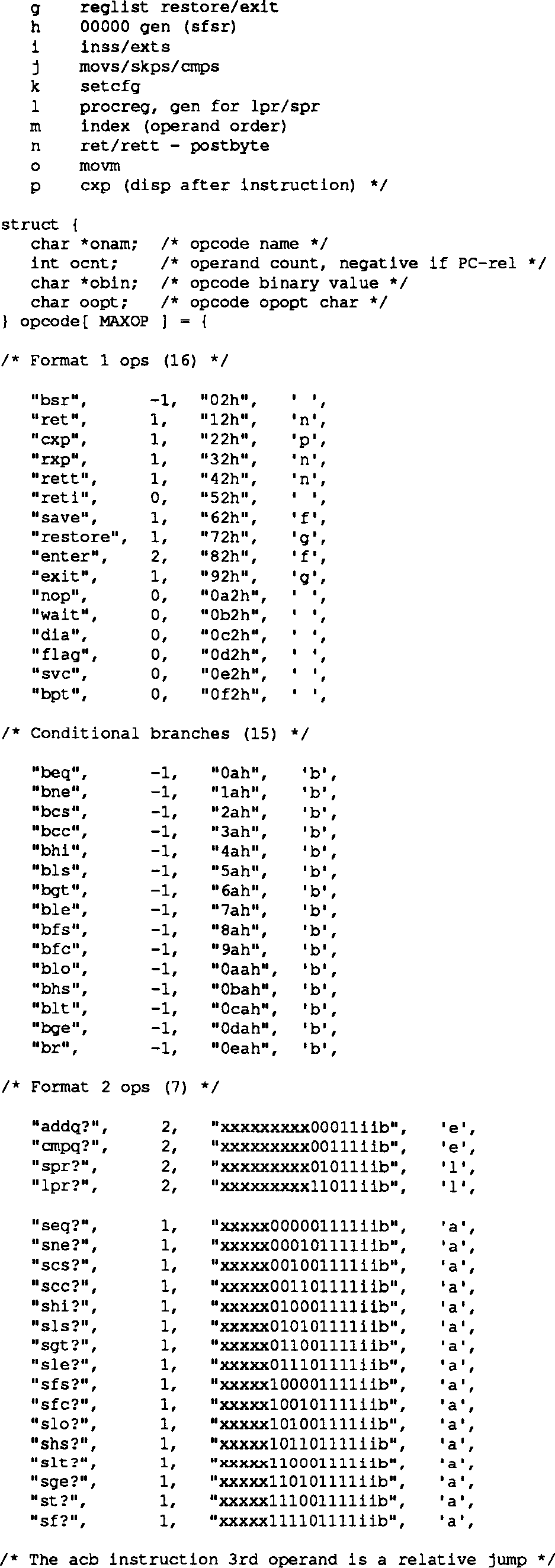
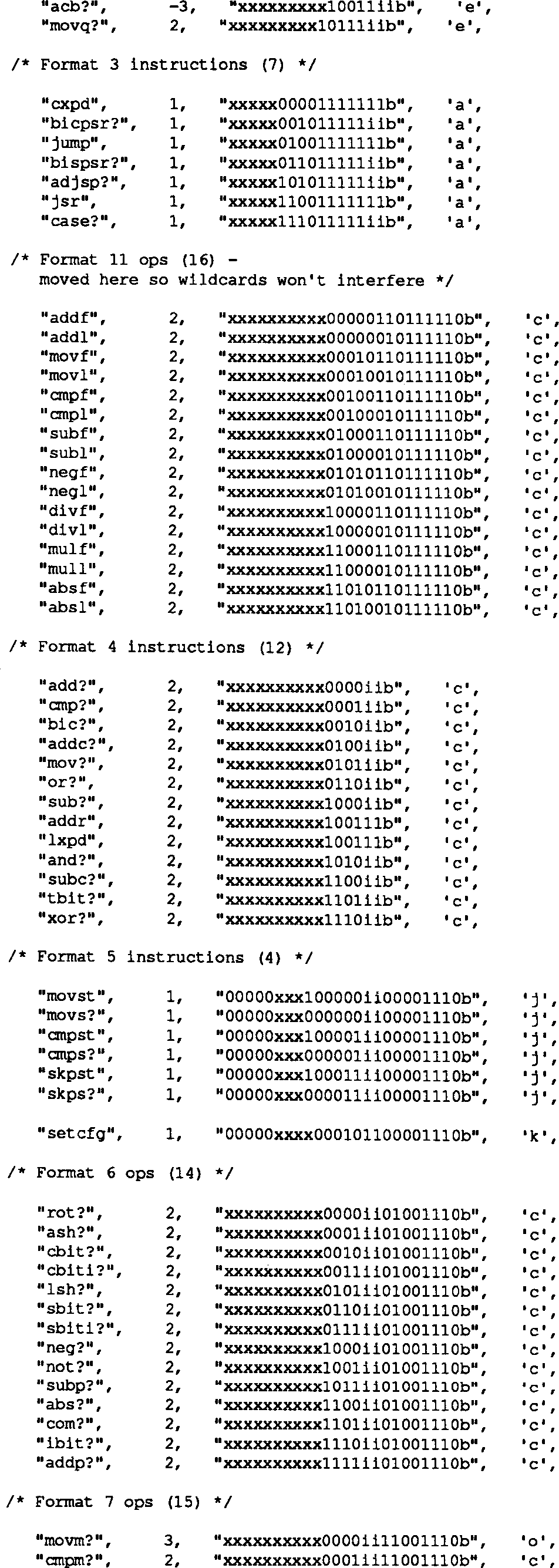
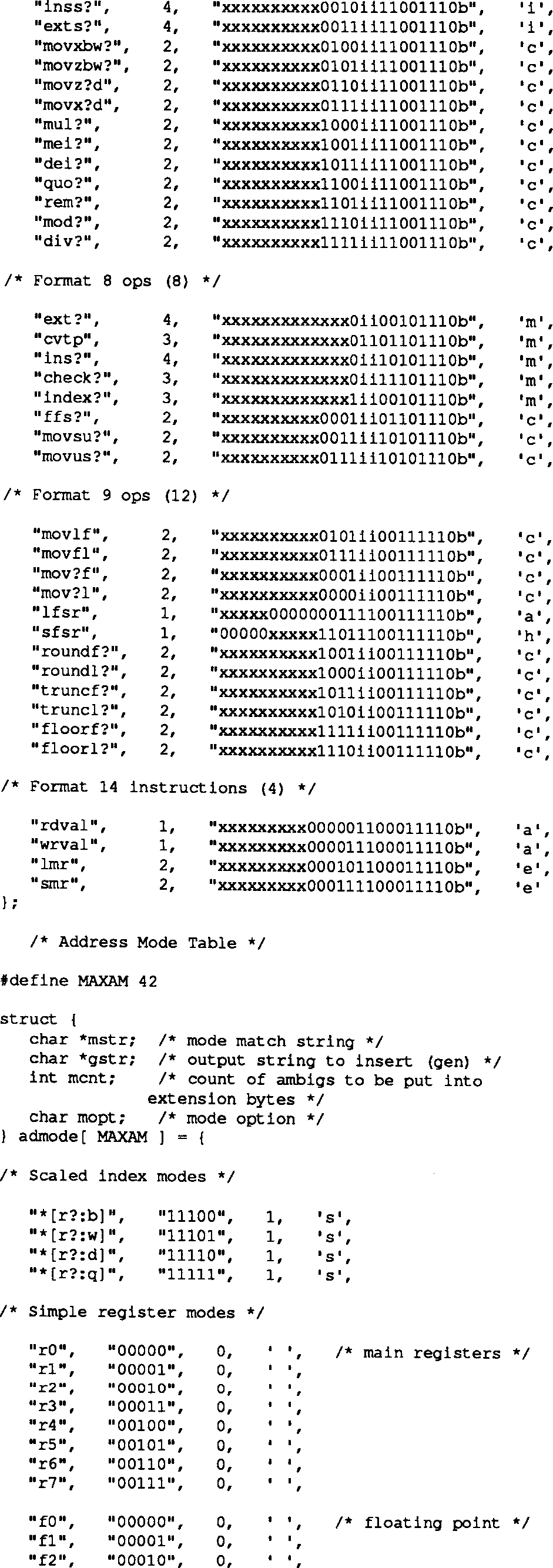
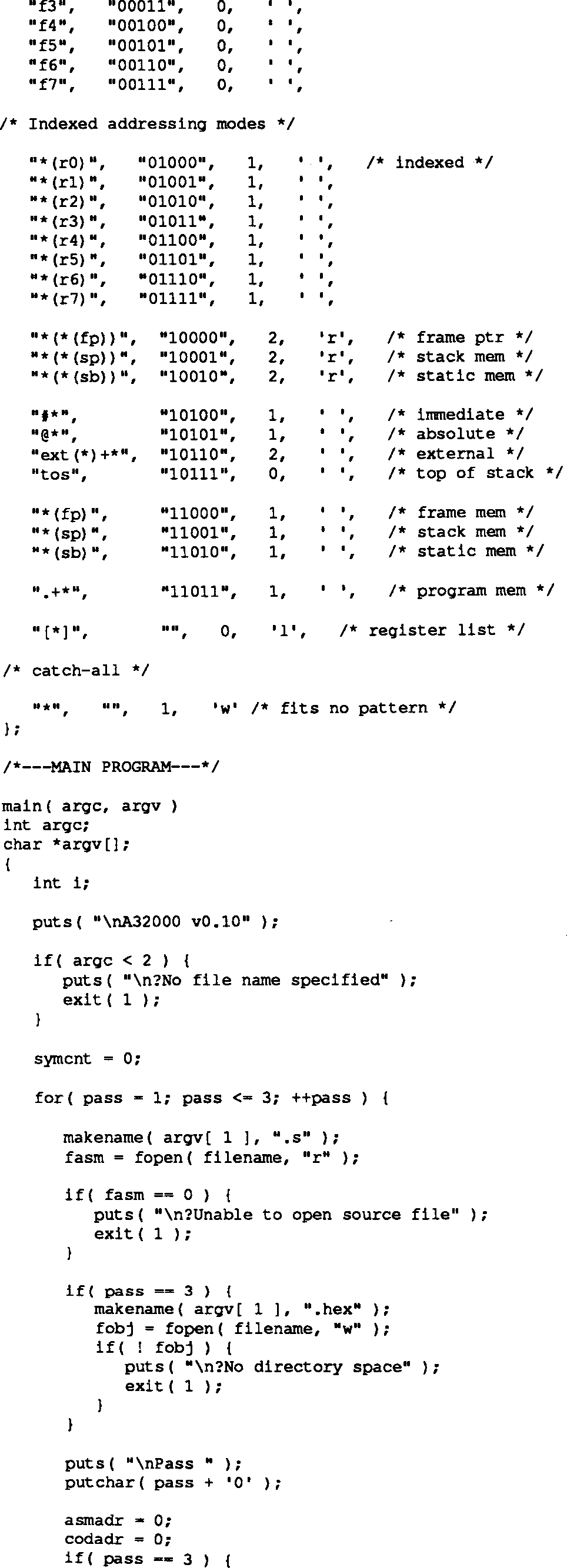
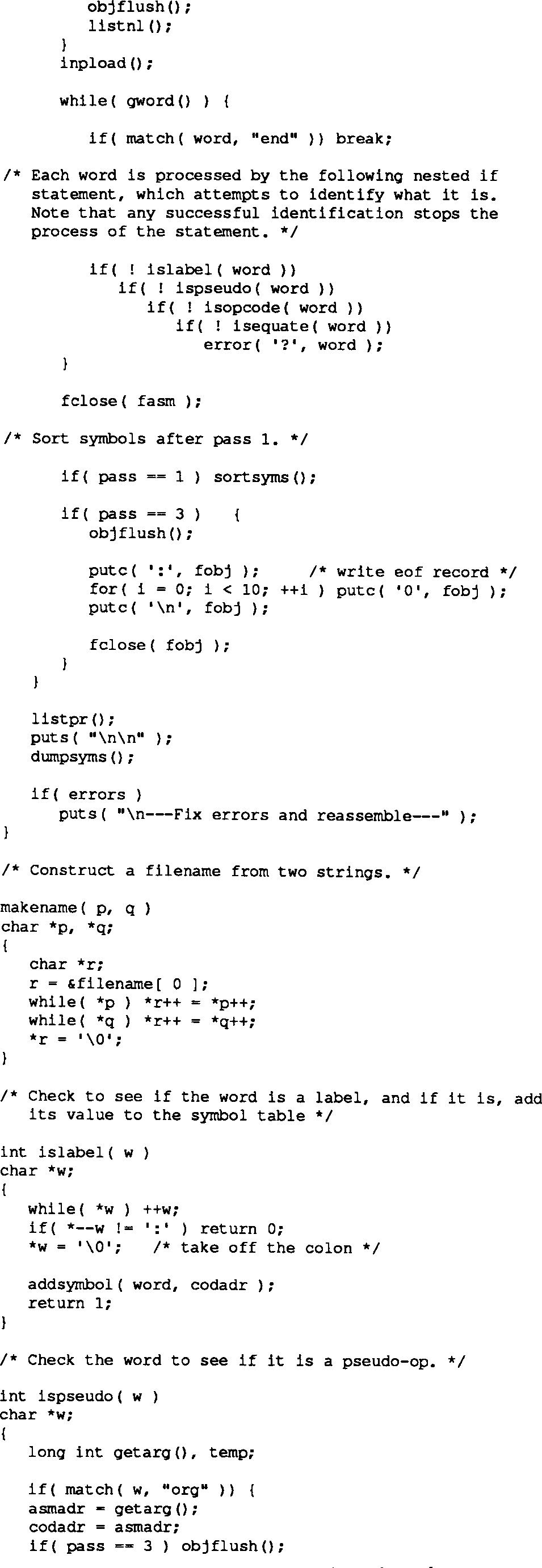
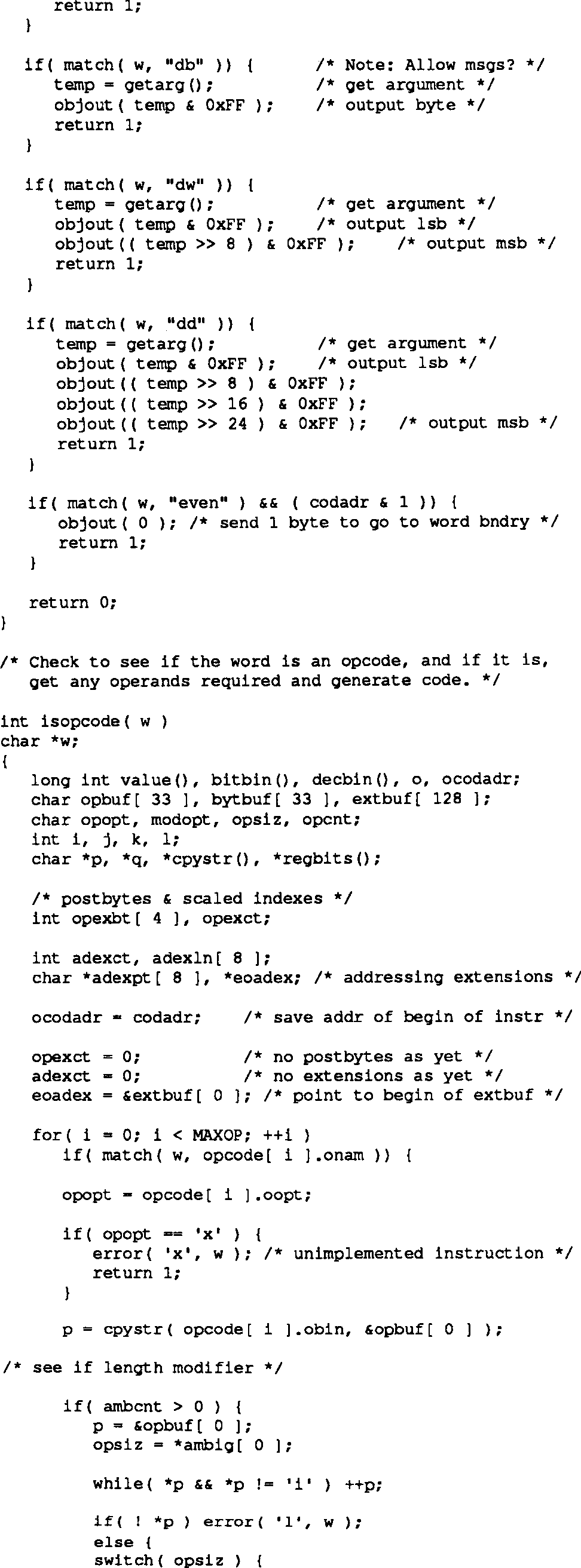
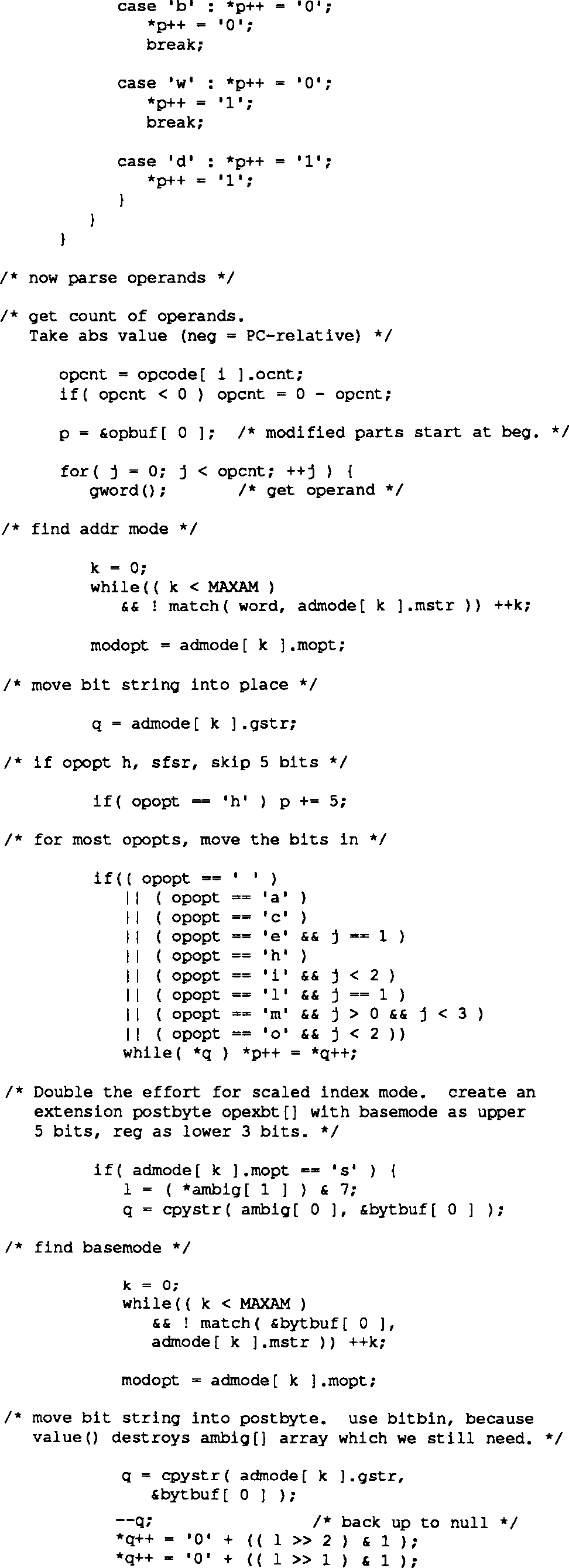
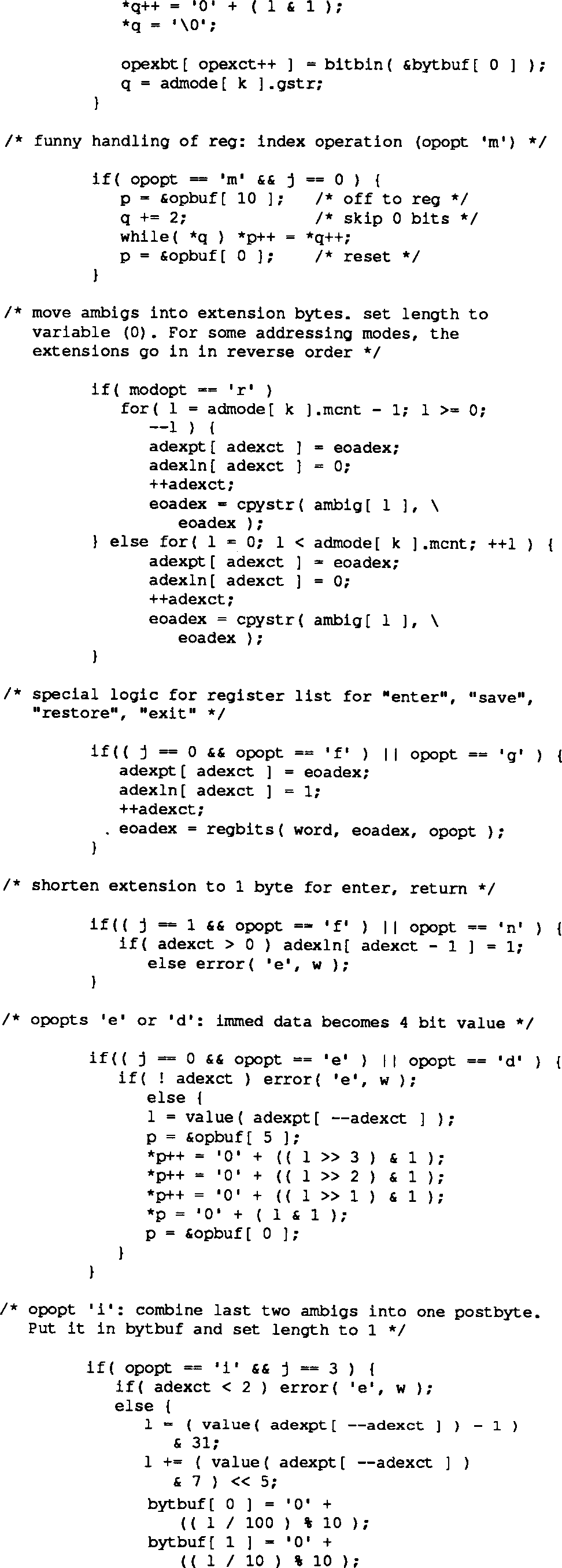
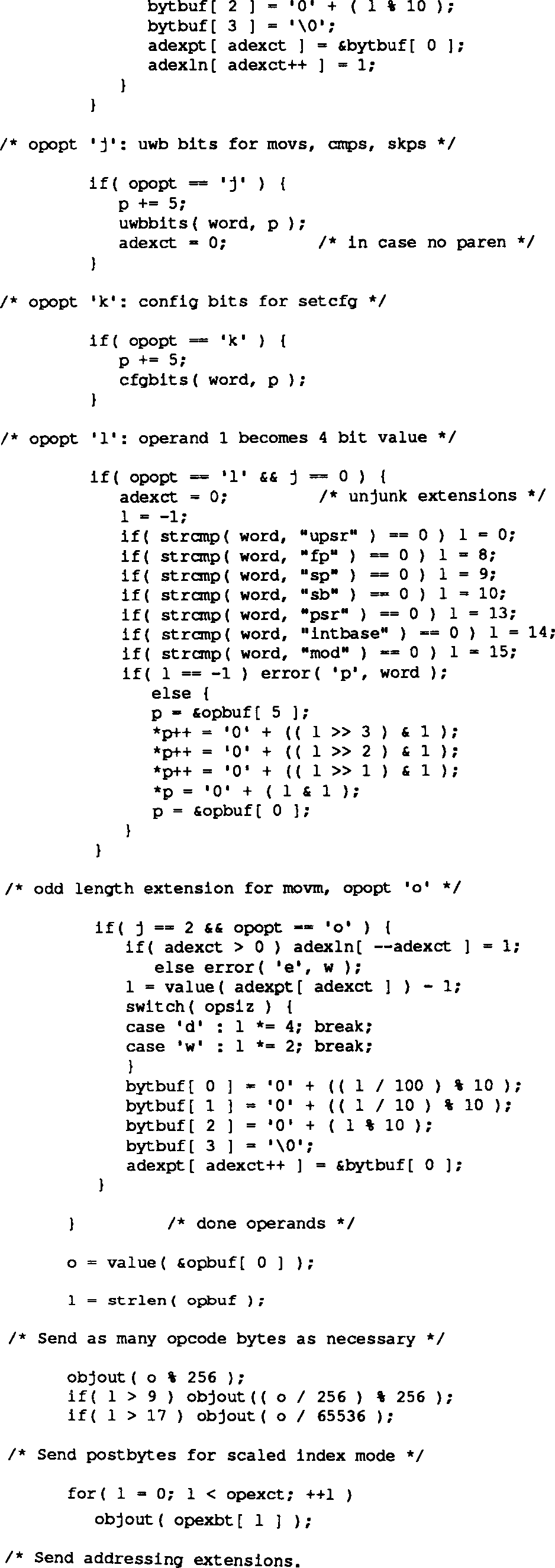
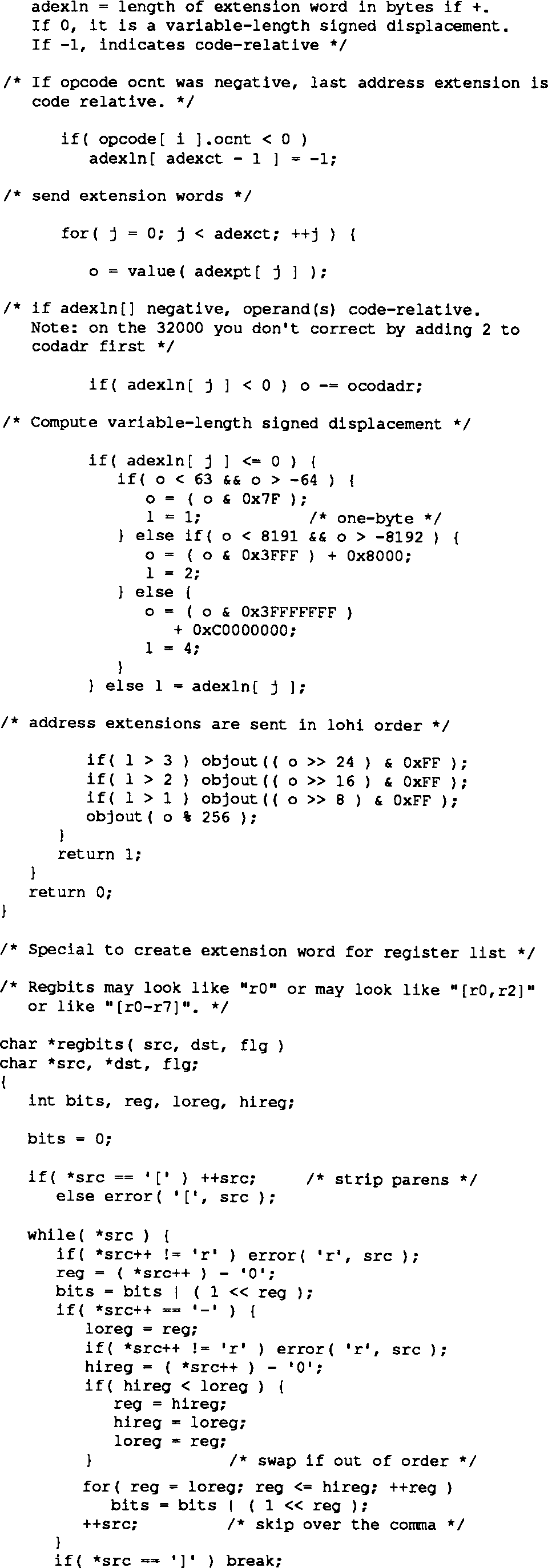

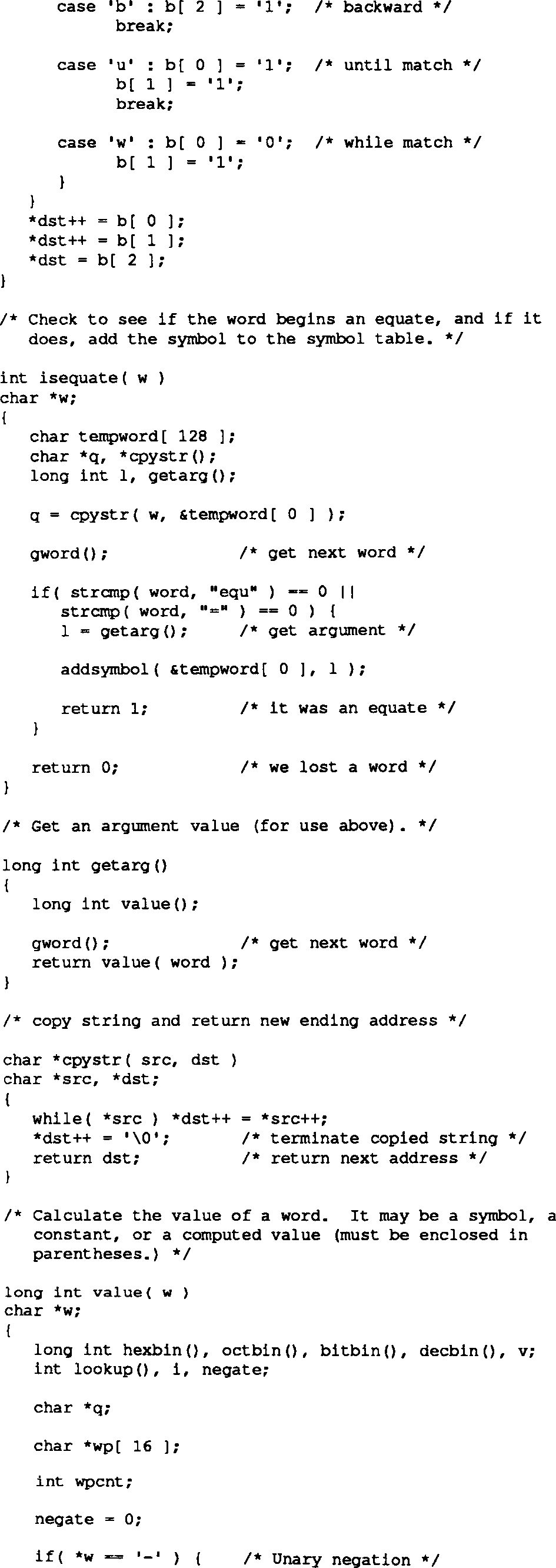
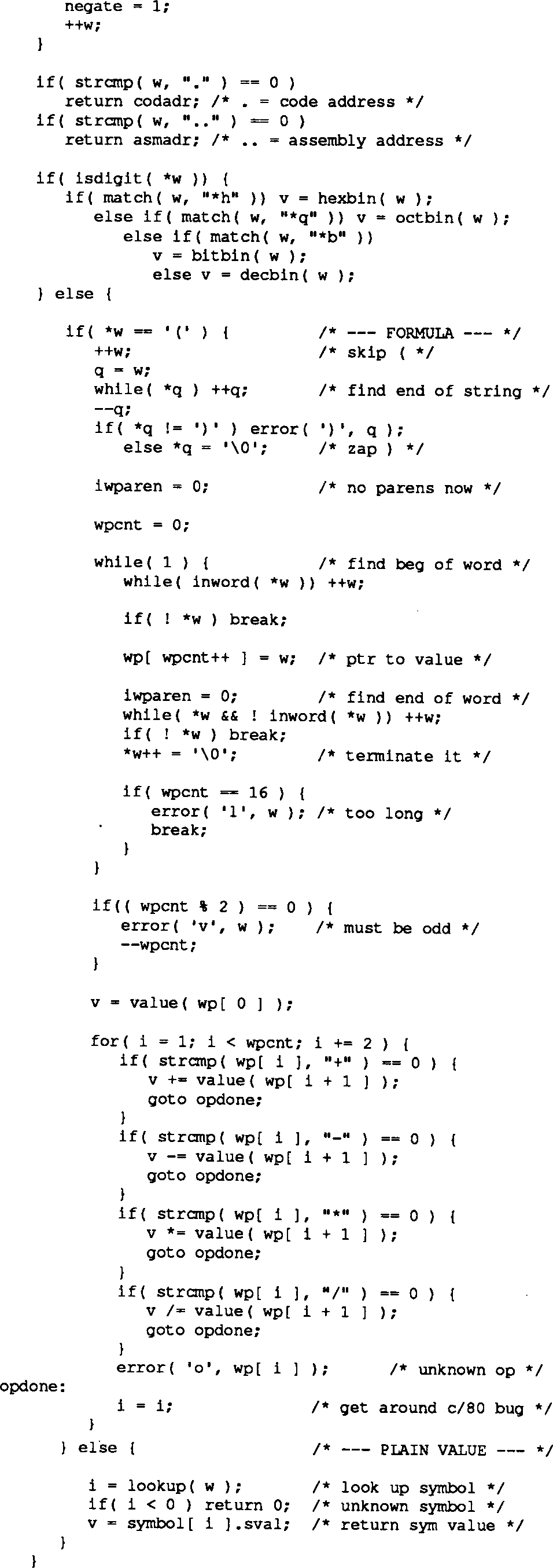
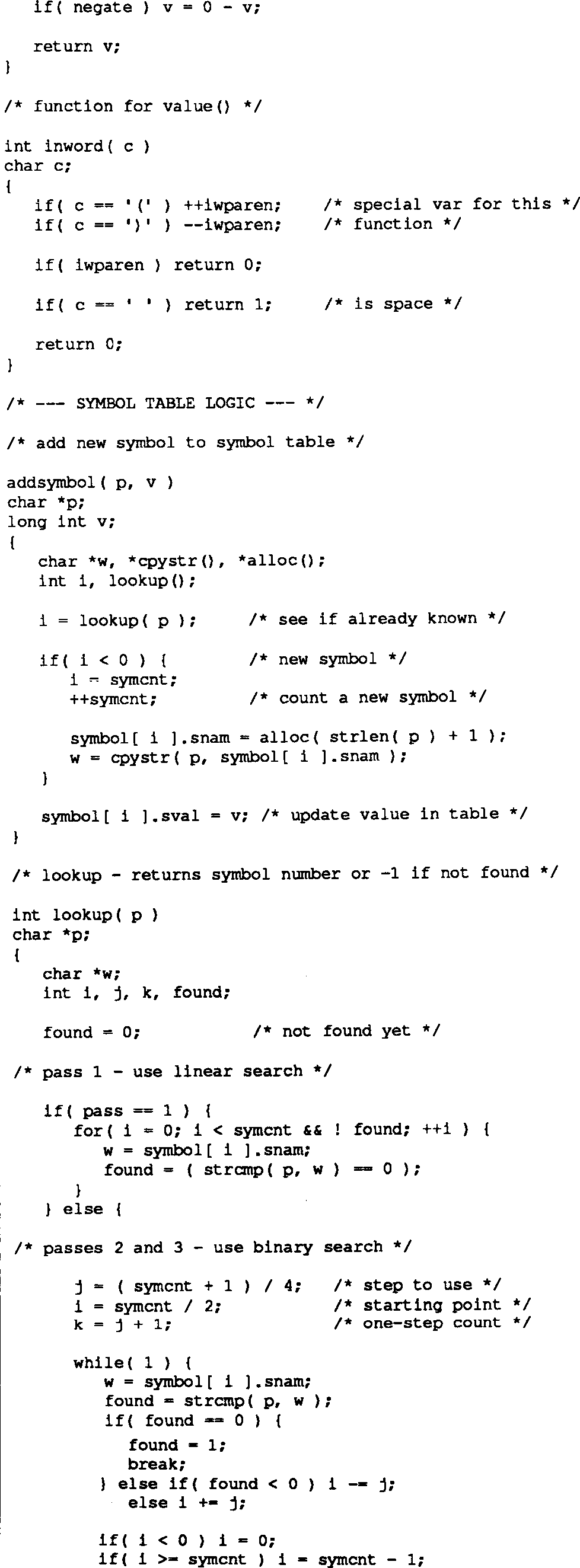
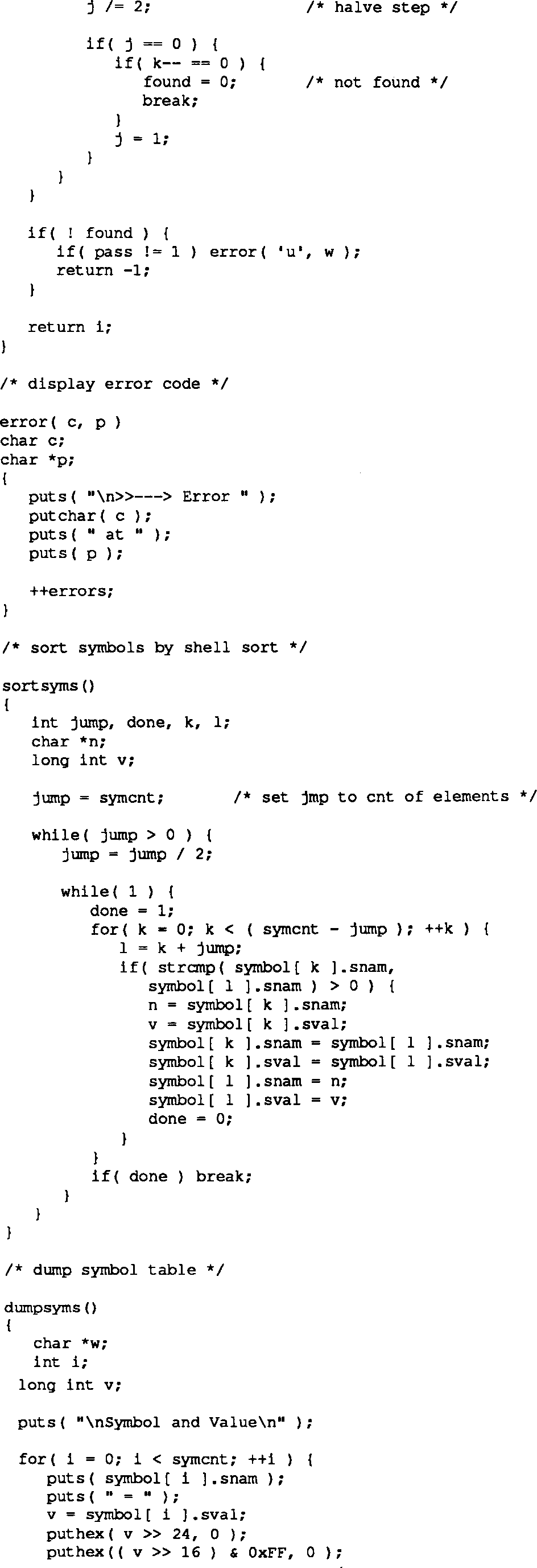
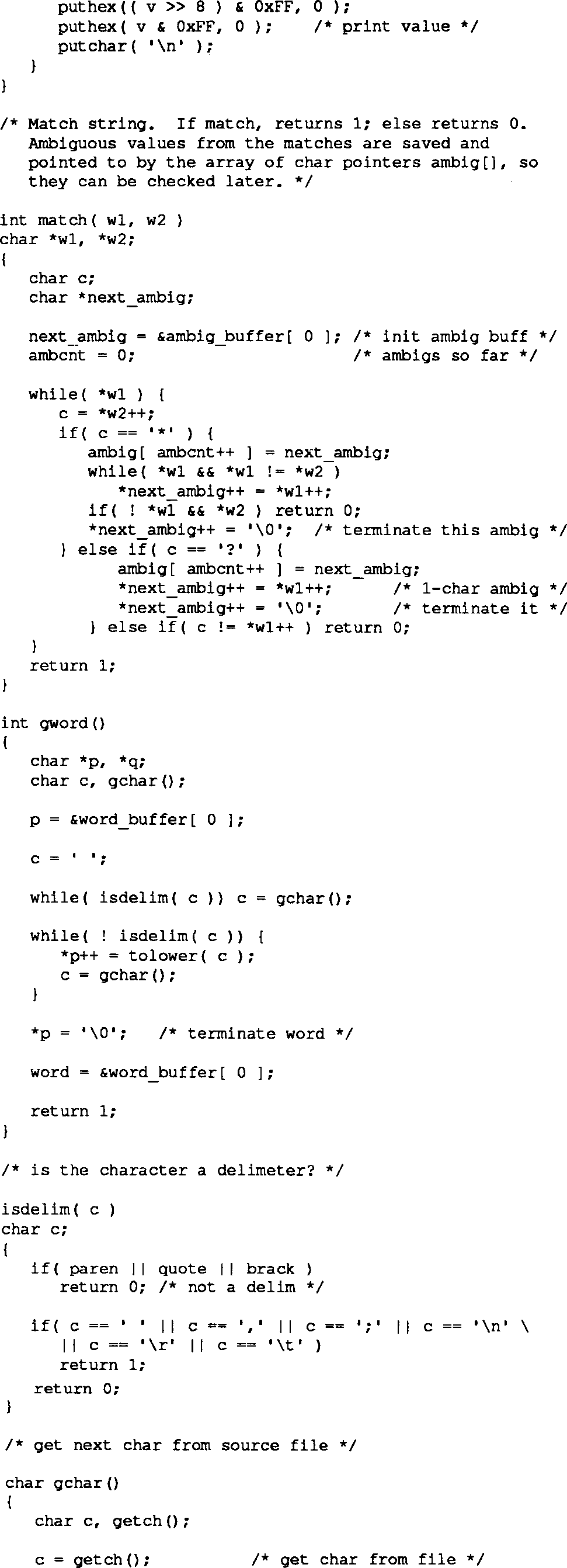
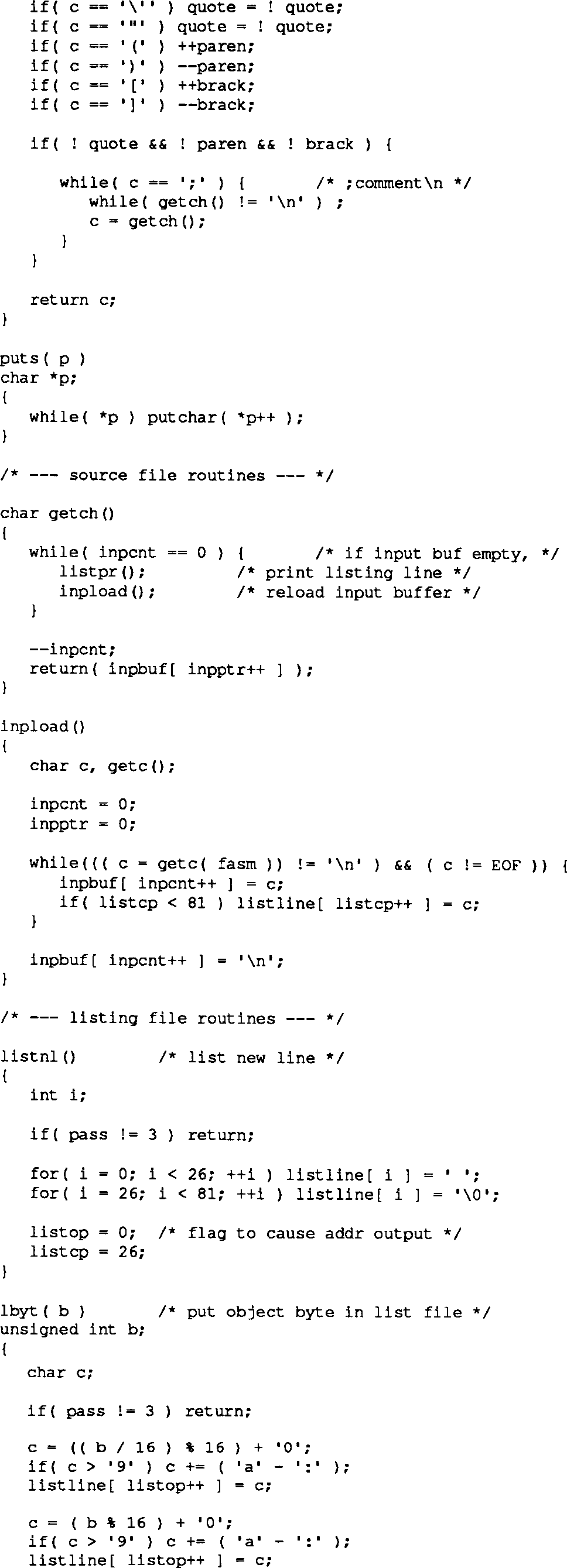
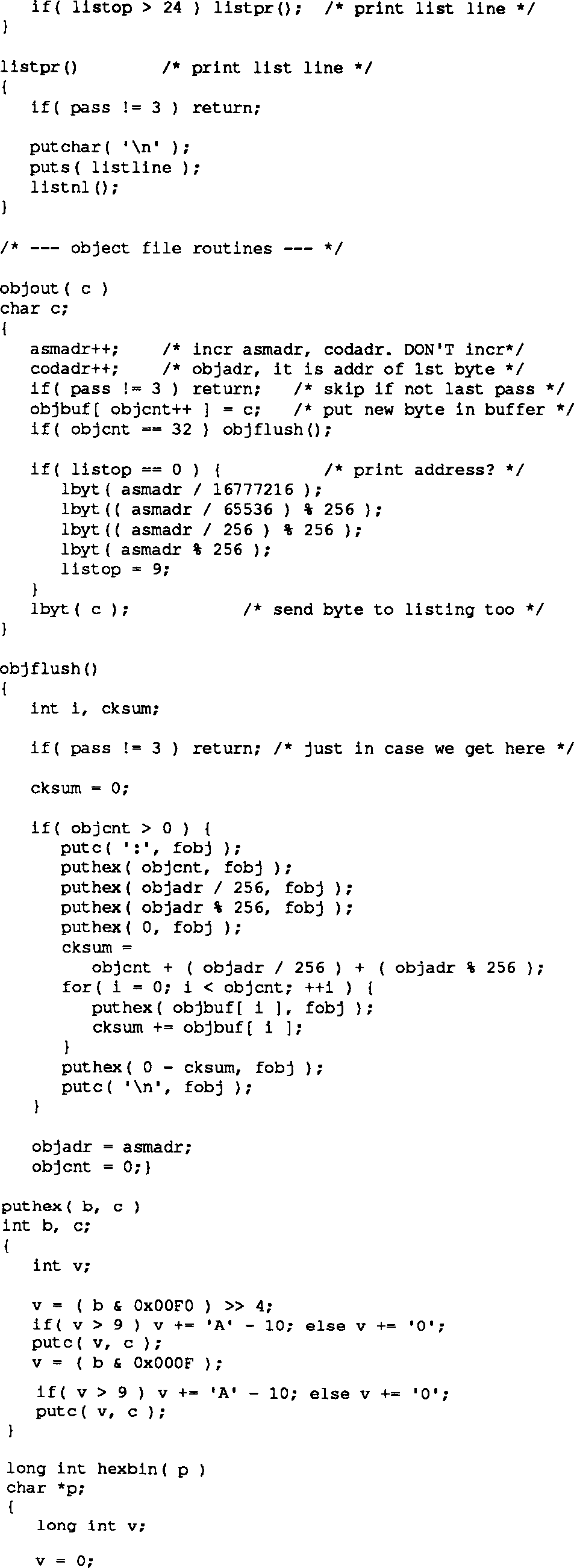
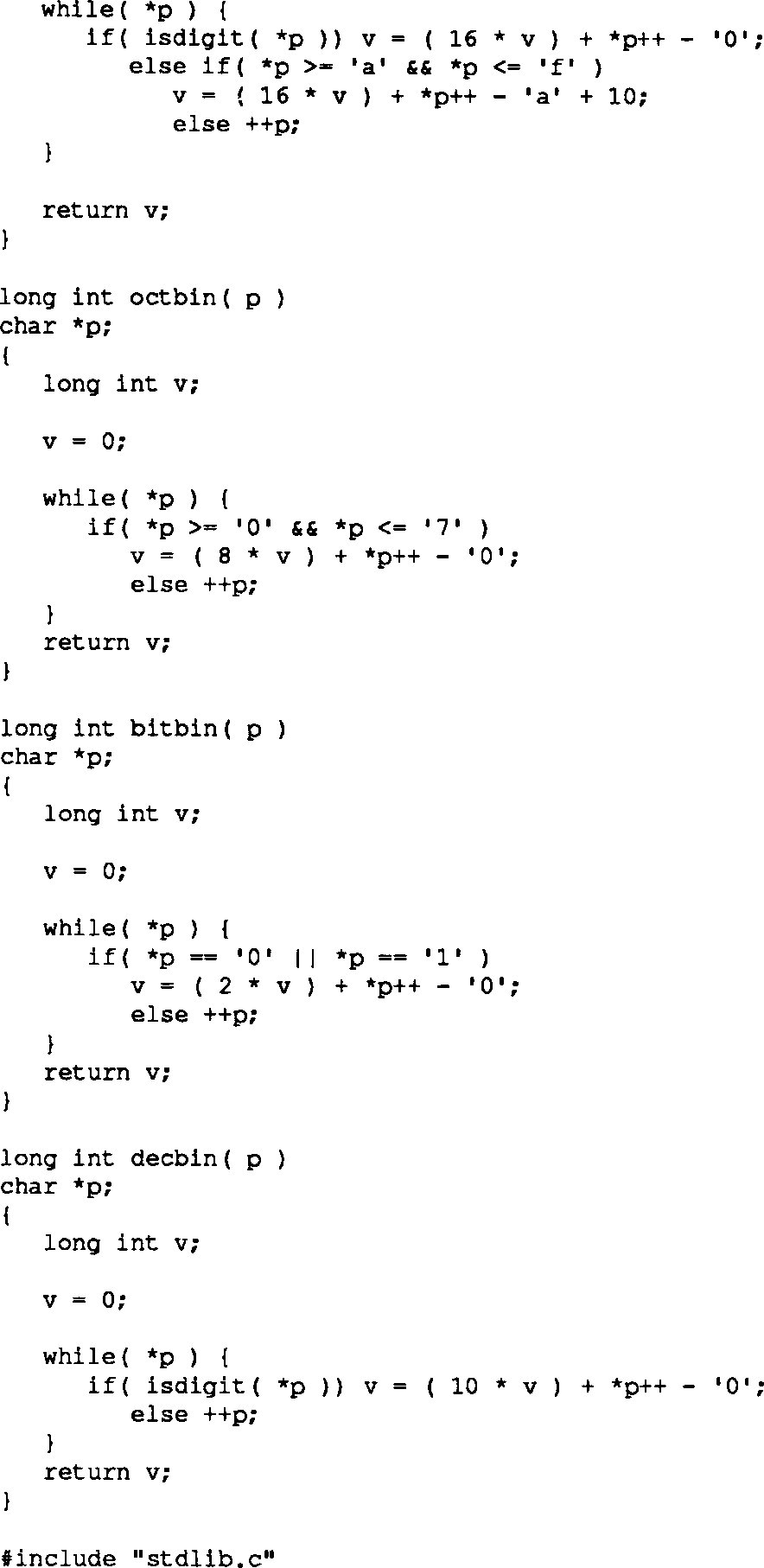
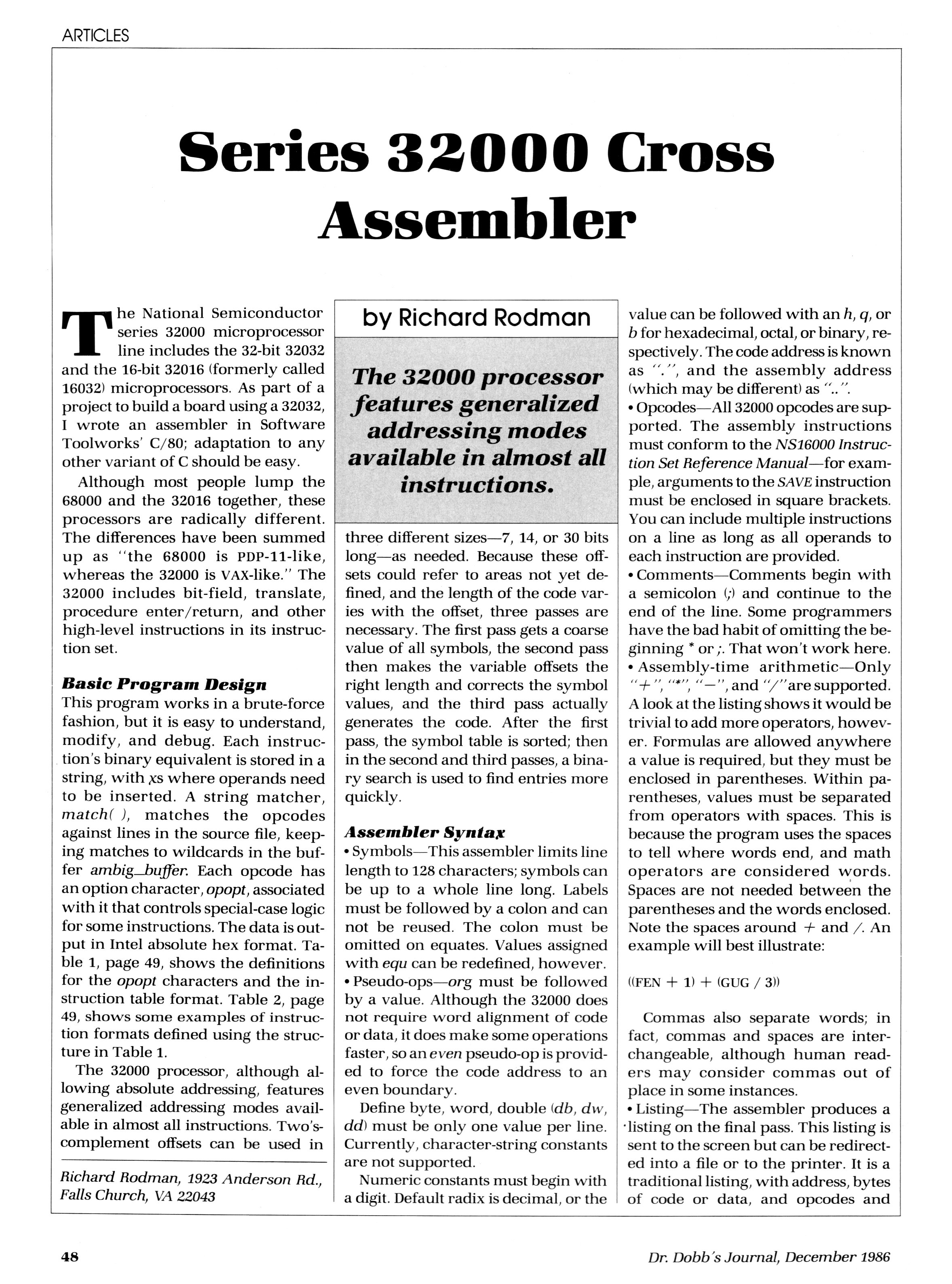
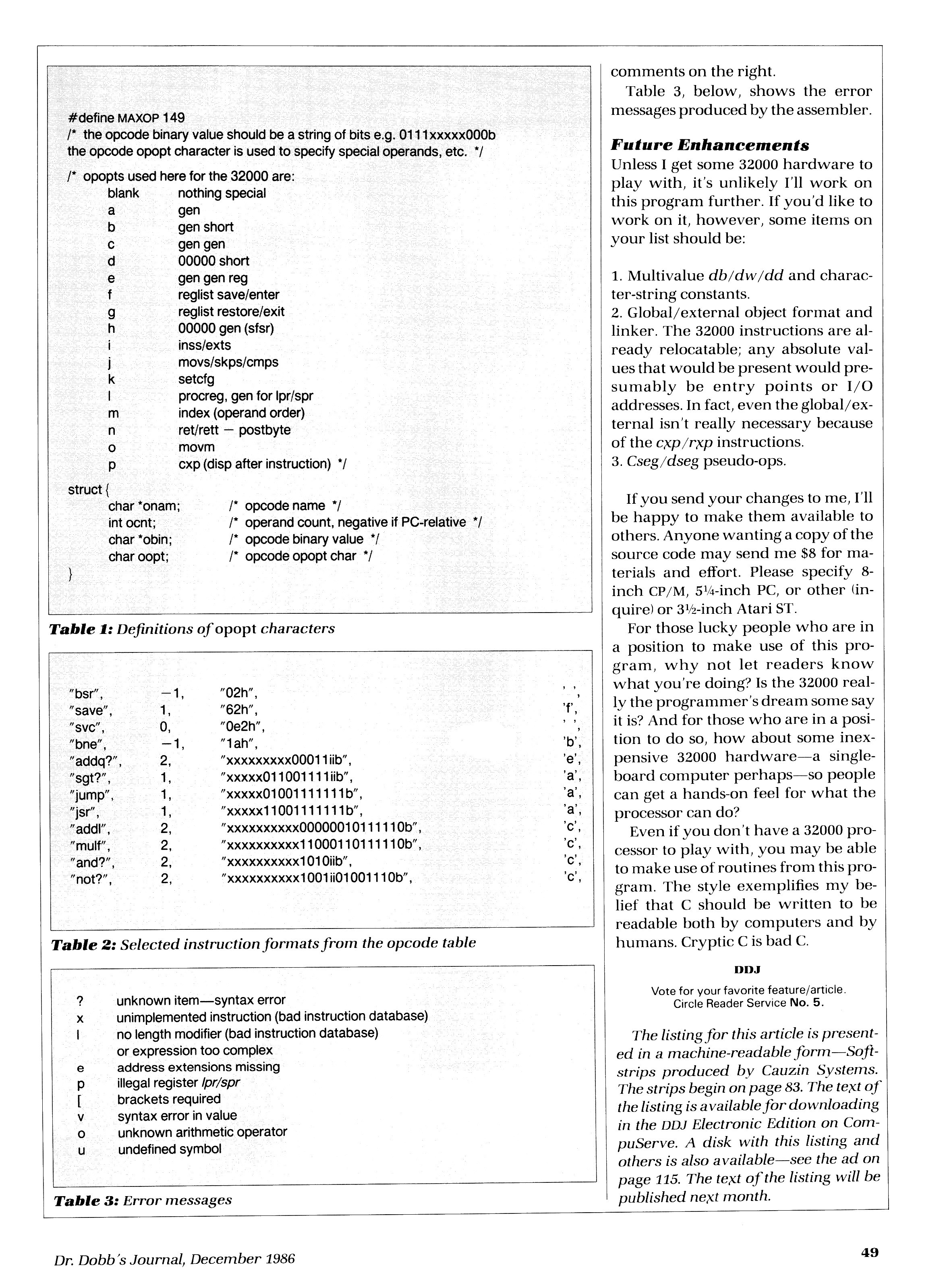




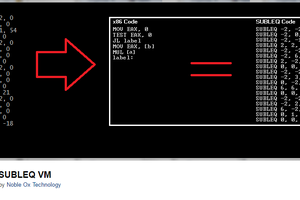
 agp.cooper
agp.cooper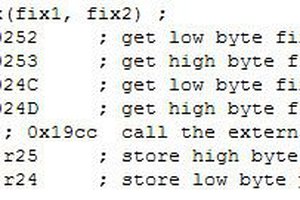
 Bruce Land
Bruce Land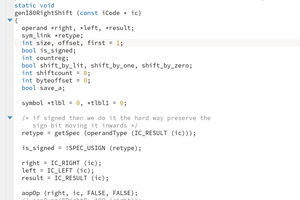
 Ken Yap
Ken Yap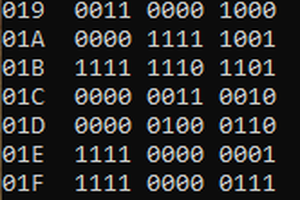
 Michael Möller
Michael Möller
And people say I'm crazy to write my assembler in VHDL.